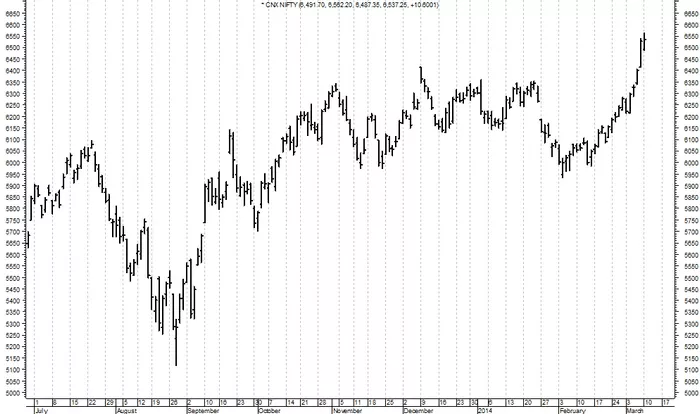A short squeeze is a market phenomenon that can lead to significant price increases in a stock. Understanding how a short squeeze occurs, its implications, and its effects on the stock market can help investors make informed decisions. This article provides a comprehensive overview of short squeezes, exploring their mechanics, historical examples, and their impact on investors.
Understanding the Basics of Short Selling
To grasp the concept of a short squeeze, it’s essential first to understand short selling.
What is Short Selling?
Short selling is an investment strategy where an investor borrows shares of a stock they do not own and sells them at the current market price. The goal is to buy back the shares later at a lower price, return them to the lender, and pocket the difference.
How Does Short Selling Work?
Borrow Shares: The investor borrows shares from a broker.
Sell Shares: The investor sells the borrowed shares at the current market price.
Wait for Price Drop: The investor waits for the stock price to decline.
Buy Back Shares: The investor buys back the shares at a lower price.
Return Shares: The investor returns the borrowed shares to the broker and keeps the profit.
Risks of Short Selling
Short selling involves significant risk because there is no limit to how high a stock’s price can rise. If the stock price increases instead of decreasing, the investor faces potentially unlimited losses.
The Mechanics of a Short Squeeze
A short squeeze occurs when a heavily shorted stock experiences a rapid increase in its price, forcing short sellers to buy back shares to cover their positions, which further drives up the stock price.
How Does a Short Squeeze Develop?
High Short Interest: A high percentage of a company’s shares are sold short.
Price Increase: The stock’s price begins to rise, either due to positive news or market dynamics.
Margin Calls: Short sellers receive margin calls from their brokers to cover their positions.
Forced Buying: Short sellers buy back shares to cover their positions, further increasing the stock price.
Snowball Effect: As the price continues to rise, more short sellers are forced to buy back shares, creating a feedback loop that drives the price even higher.
Key Factors Contributing to a Short Squeeze
High Short Interest: A high short interest ratio indicates that a significant portion of the stock’s float is being shorted.
Positive News or Events: News or events that positively impact the company’s stock can trigger a short squeeze.
Low Float: A low number of shares available for trading can exacerbate the effects of a short squeeze.
Market Sentiment: Investor sentiment and market trends can influence the likelihood and intensity of a short squeeze.
See Also: What Are Dividend Stocks?
Historical Examples of Short Squeezes
Several notable short squeezes have occurred in history, demonstrating the potential for dramatic price movements.
The GameStop Short Squeeze (2021)
One of the most famous short squeezes occurred in January 2021 with GameStop Corporation (GME). A large number of investors had shorted GameStop stock, but a surge in buying interest from retail investors, coordinated through social media platforms, led to a dramatic increase in the stock’s price. The short squeeze caused GameStop’s stock price to skyrocket, leading to significant losses for many institutional short sellers.
The Volkswagen Short Squeeze (2008)
In October 2008, Volkswagen experienced a massive short squeeze. The company briefly became the world’s most valuable automaker as its stock price soared. This happened because Porsche announced that it had increased its stake in Volkswagen, creating a situation where short sellers had to buy back shares at ever-increasing prices.
Impact of a Short Squeeze
Short squeezes can have various effects on the market and investors.
Impact on Short Sellers
Financial Losses: Short sellers may face substantial financial losses as they are forced to buy back shares at much higher prices than they sold them for.
Margin Calls: Short sellers may receive margin calls from brokers, requiring them to either deposit additional funds or cover their positions.
Impact on Long Investors
Potential Profits: Long investors who hold the stock can benefit from the increased price resulting from the short squeeze.
Volatility: The increased volatility can lead to uncertain market conditions, affecting investment strategies.
Impact on the Stock Market
Market Volatility: Short squeezes can lead to increased market volatility and affect other stocks and sectors.
Regulatory Scrutiny: Significant short squeezes may attract regulatory attention and lead to discussions about market manipulation and trading practices.
How to Protect Yourself from a Short Squeeze
Investors can take steps to protect themselves from the risks associated with short squeezes.
For Short Sellers
Monitor Short Interest: Keep an eye on the short interest ratio and market news that may affect your positions.
Use Stop Loss Orders: Implement stop-loss orders to limit potential losses if the stock price begins to rise significantly.
Diversify Positions: Avoid concentrating too much of your investment capital in heavily shorted stocks.
For Long Investors
Be Aware of Volatility: Understand the potential for increased volatility in stocks experiencing a short squeeze.
Diversify Investments: Diversify your portfolio to mitigate risks associated with sudden market movements.
Conclusion
A short squeeze is a powerful market event that can lead to dramatic price increases in heavily shorted stocks. Understanding how short squeezes occur, their historical examples, and their impact on both short sellers and long investors is crucial for navigating the complexities of the stock market. By staying informed and employing prudent investment strategies, investors can better manage the risks and opportunities associated with short squeezes.
[inline_related_posts title=”You Might Be Interested In” title_align=”left” style=”list” number=”3″ align=”none” ids=”3733,3703,3659″ by=”categories” orderby=”rand” order=”DESC” hide_thumb=”no” thumb_right=”no” views=”no” date=”yes” grid_columns=”2″ post_type=”” tax=””]





























